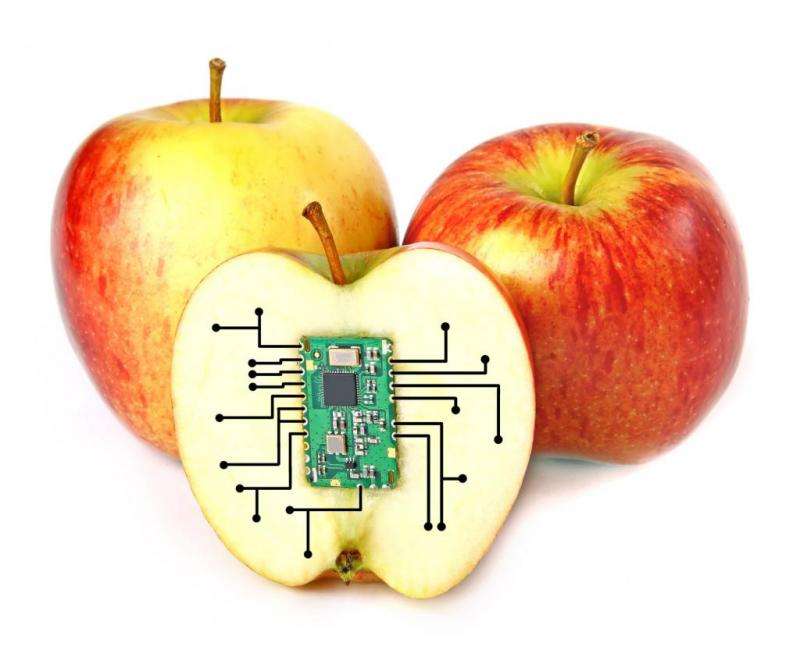Looking into the future of European food safety and nutrition policy

The EU legislative framework governing food safety appears to be robust and well prepared to respond to challenges in 2050, according to a new foresight study by the European Commission's science and knowledge service, the Joint Research Centre (JRC). However, risk assessment, early warning for emerging hazards, official controls and inspections, provision of clear food information as well as food and nutrition education are elements that could be strengthened to better address future challenges.
EU food legislation aims to provide safe, nutritious, high-quality and affordable food to the consumer and is based on an integrated and comprehensive approach that covers all steps of the food and feed chain. The food system, however, is dynamic, constantly influenced and shaped by many factors. Policy-making should, therefore, respond to slow and gradual changes on the one hand, and pressing and rapidly evolving developments on the other. This can only be achieved through preparedness, forward thinking and proactive policy-making.
To assist policy makers in ensuring a regulatory framework fit to address future challenges in food safety and nutrition, the Joint Research Centre together with the European Commission's Directorate-General for Health and Food Safety carried out the foresight study "Delivering on EU Food Safety and Nutrition in 2050 – Future challenges and policy preparedness". Food safety and nutrition are usually neglected in forward-looking studies that focus primarily on the food sufficiency aspect of food security. The study assesses the future resilience of the current EU food safety and nutrition policy and regulatory framework by examining potential scenarios up to 2050 and the challenges they may present, and suggests possible policy options.
Four challenging scenarios were constructed based on different combined developments of specific drivers of change that may significantly impact the food system such as global trade, EU economic growth, agri-food chain structure, technology uptake, social cohesion, food values, climate change, depletion of natural resources and world population growth. In the "global food" scenario, there is an ever more interconnected global food chain with increased global trade and a more concentrated agri-food industry, while in the "regional food" scenario food is highly valued and is produced locally or regionally employing advanced technologies. The "partnership food" scenario is characterised by an economically weak EU with close trade and food policy ties to strong global players, such as the US and Canada, while the fourth scenario, "pharma food", portrays use of functional, processed food with additions of pharmaceutical substances, driven by demand for healthy lifestyle.
For each scenario, food safety and nutrition challenges were identified and prioritised based on their importance and likelihood to occur. Scenario-specific policy options were developed to address these challenges and ensure the resilience of the future EU food regulatory framework. The study also identifies research needs and suggests a set of food-chain related indicators that could indicate well in advance whether the EU is heading towards one of the study's scenarios.
Food and nutrition education has been identified as a cornerstone of any society that aspires to have a healthy population, along with crucial backing by governance that – together with policy-makers, industry and the society – maintains nutrition and health high on the agenda.
More information: Delivering on EU Food Safety and Nutrition in 2050—Future challenges and policy preparedness. ec.europa.eu/jrc/en/publicatio … -policy-preparedness
Provided by European Commission Joint Research Centre


















